When you think of going to South Korea, Seoul tends to take the spotlight, and for good reason. It’s fast, dazzling, and endlessly packed with things to do. But there’s more to Korea than its capital. Beyond the bright lights and subway lines are towns and cities shaped by older rhythms, where time feels slower and the scenery opens up in unexpected ways.
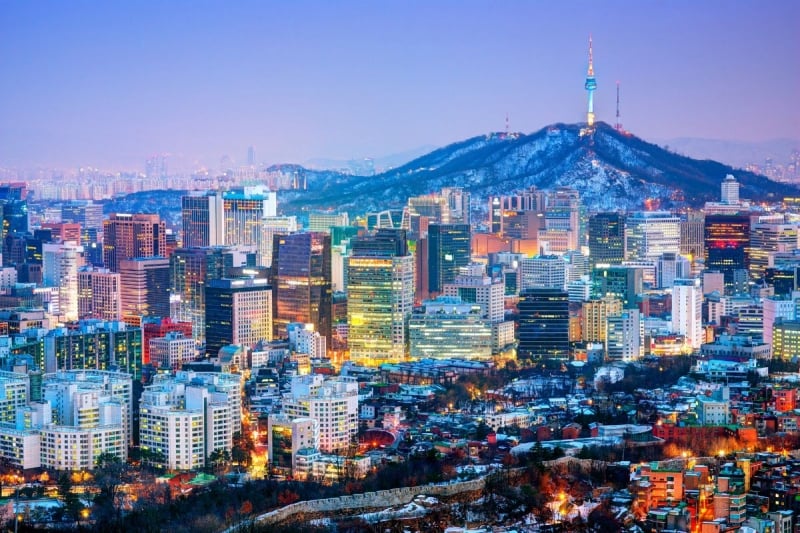
Image Credit: SeanPavonePhoto via Canva Pro
This isn’t a guide to the biggest names. It’s a quiet nudge toward the places that are often overlooked. Whether you’re looking for forest temples, hanok villages, or coastal paths that stretch into the horizon, these destinations offer something different.
Also read: A 5-Day Gangwon, Korea Itinerary: Exploring this Breathtaking Coastal Province
1. Gyeongju: A City where the past still breathes
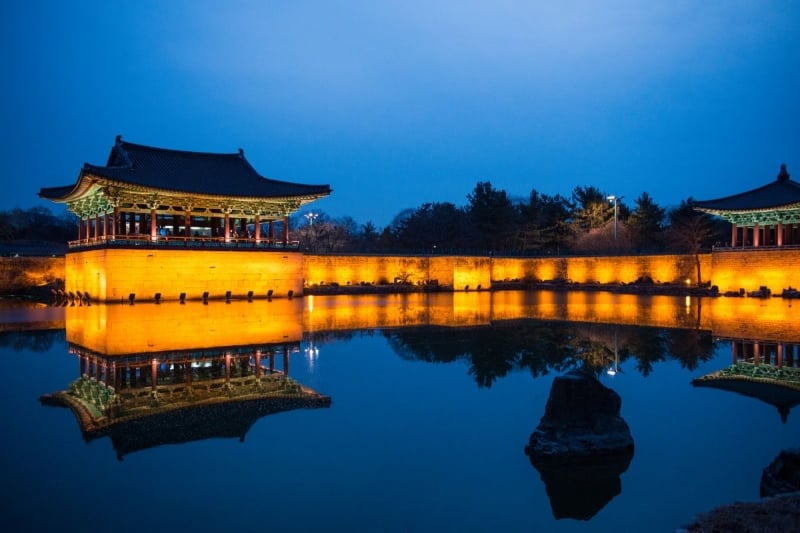
Image Credit: Iseo Yang via Canva Pro
In Gyeongju, history doesn’t sit behind glass. It lingers in the stone steps of ancient temples, pools in the still water of royal ponds, and echoes through quiet bike paths that pass grassy tombs. Once the capital of the Silla Kingdom, Gyeongju is often called an open-air museum, but it feels more like a place where the past is still gently unfolding.
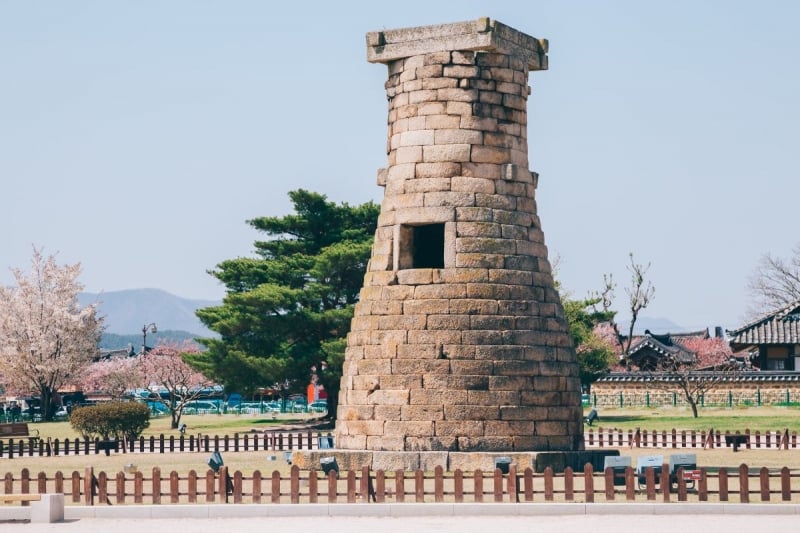
Image Credit: Sanga Park via Canva Pro
Start at Bulguksa Temple, where wooden eaves and stone pagodas speak of quiet grandeur. Later in the day, head to Donggung Palace and Wolji Pond. As evening falls, the palace lights cast soft ripples across the water, turning the whole area into a tranquil dreamscape. Round off your visit with Cheomseongdae Observatory, the oldest of its kind in Asia, where you can look up at the stars the way ancient astronomers once did.
2. Jeonju: Where tradition and taste go hand in hand
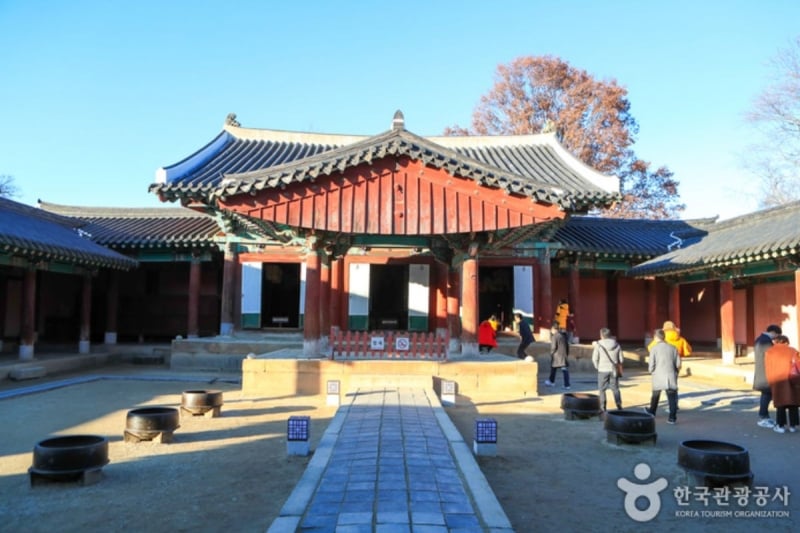
Image Credit: Visit Korea Official Website
If you arrive in Jeonju with an empty stomach, you’re doing it right. Known as the birthplace of bibimbap, this city weaves together food, history, and architecture with easy grace. The air smells of roasting grains and soy, and everywhere you turn, you’ll find signs of an older Korea that’s still quietly thriving.
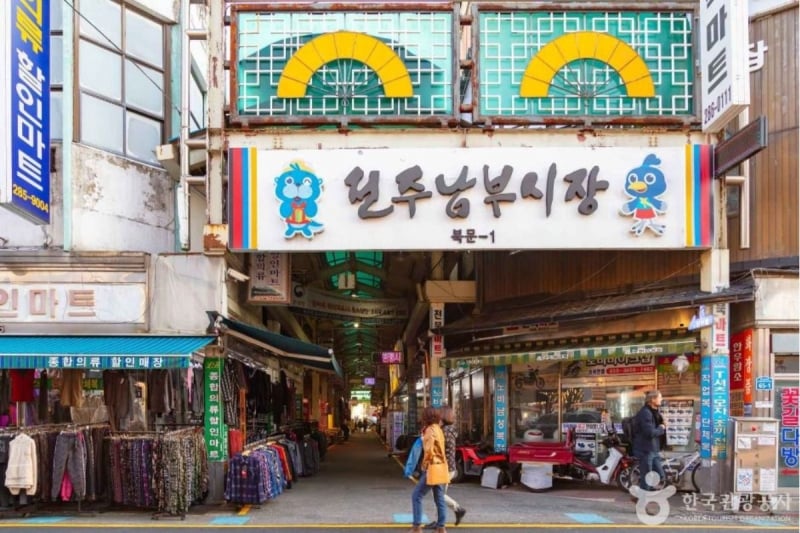
Image Credit: Visit Korea Official Website
The heart of Jeonju is its Hanok Village, a maze of over 800 traditional Korean houses. Step inside a teahouse, rent a hanbok, or just stroll until your feet get tired. Then, make your way to Gyeonggijeon Shrine, where the portrait of King Taejo rests among trees and stone walls. And when the sun starts to dip, follow the buzz to Nambu Market, where sizzling pans and bright chatter lead you to snacks, souvenirs, and local crafts.
3. Andong: Where Korea’s spirit still dances
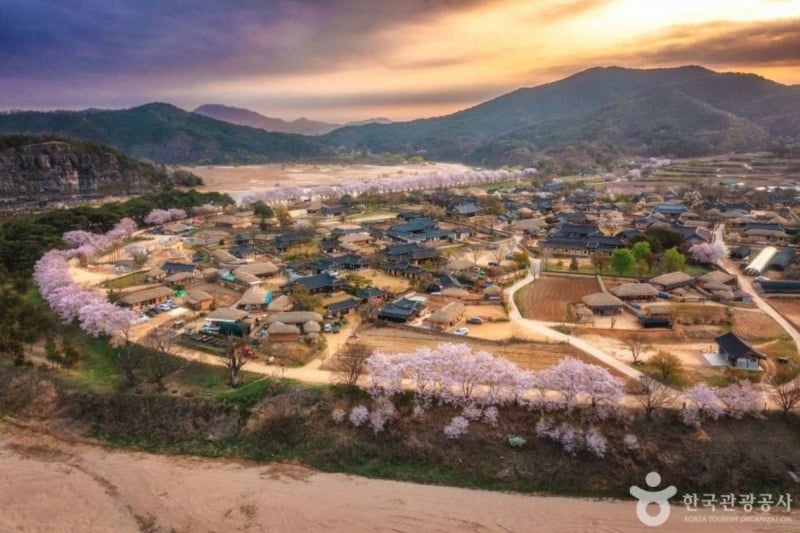
Image Credit: Visit Korea Official Website
Andong doesn’t try to dazzle you. Instead, it draws you into a deeper current—one shaped by Confucian values, village rituals, and stories passed down through movement and song.
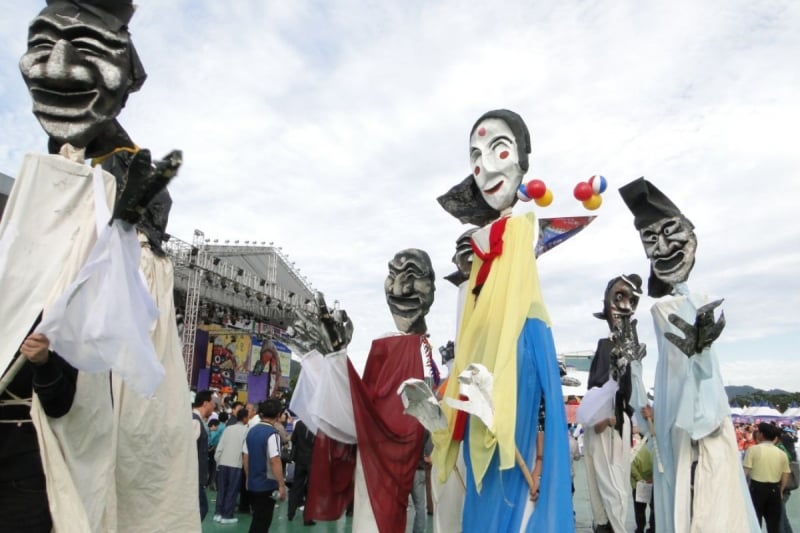
Image Credit: Visit Korea Official Website
Begin in Hahoe Folk Village, a UNESCO-listed enclave still inhabited by descendants of the Ryu clan. The thatched roofs and slow rhythms feel almost untouched by time. If you visit during the Andong Mask Dance Festival, you’ll see traditional dances that blur the line between celebration and ceremony. For a moment of quiet, walk the wooded path to Bongjeongsa Temple, a simple, serene site said to house Korea’s oldest wooden architecture.
4. Gangwon-do: For when you need a breath of fresh air
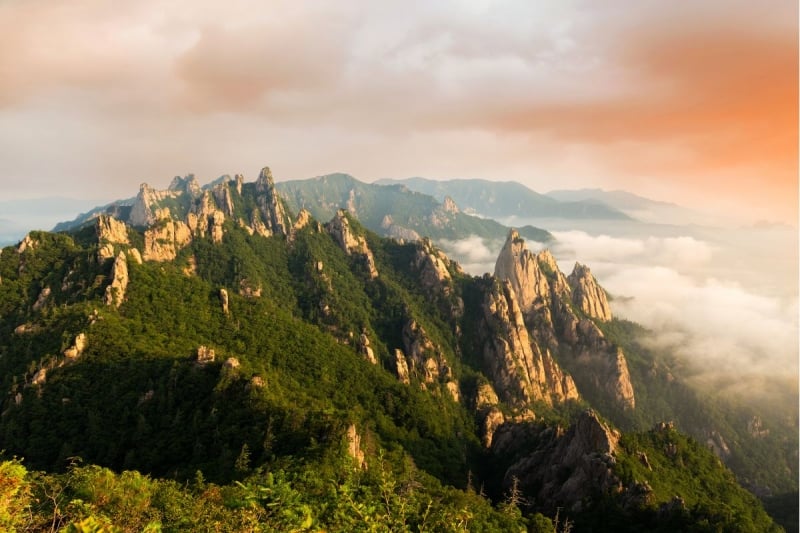
Image Credit: nattanan726 via Canva Pro
Gangwon-do feels like a deep inhale. It’s all jagged coastlines, forested trails, and quiet towns that exist just far enough from the noise. While many pass through on their way to ski resorts, the region rewards those who linger.
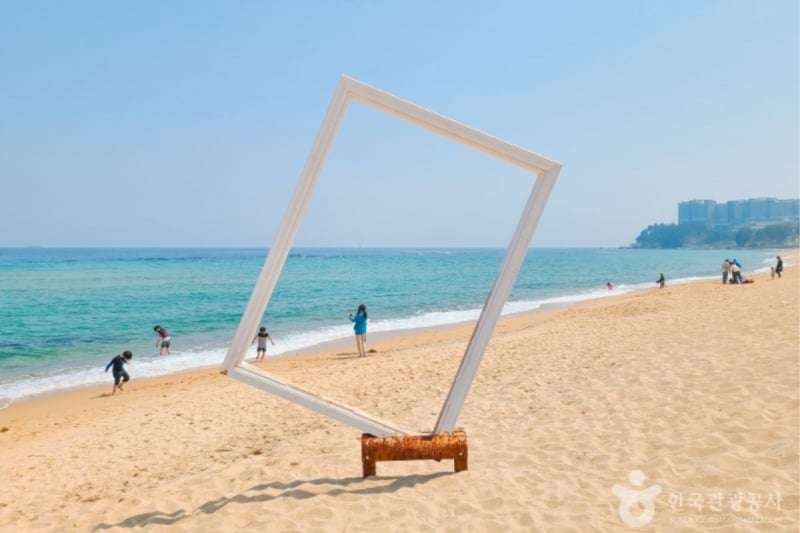
Image Credit: Visit Korea Official Website
Lace up your boots for Seoraksan National Park, where steep granite peaks and ancient temples wait along well-worn paths. If you’re up for something a little more playful, rent a rail bike at Gangchon Rail Park and pedal through tunnels, river bends, and open valleys. When the sea calls, make your way to Sokcho Beach. Hop onto the ferris wheel known as “The Eye,” and watch the horizon unfold in every direction.
5. Pyeongchang: What happens after the snow
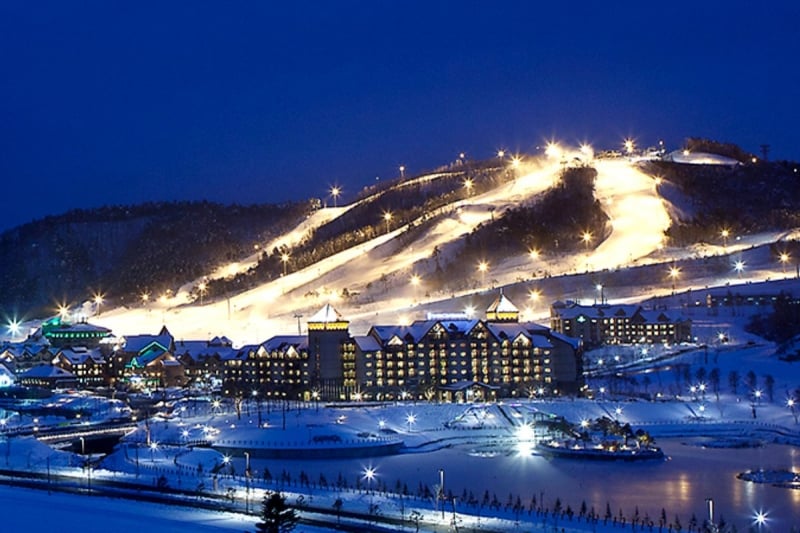
Image Credit: Pyeongchang Alpensia Official Website
Known to many as the site of the 2018 Winter Olympics, Pyeongchang is more than a seasonal destination. Outside of the ski slopes and Olympic legacy, it offers a quiet kind of richness—one built on mountain air, gentle trails, and long views.

Image Credit: Visit Korea Official Website
Come winter, Alpensia Resort is the obvious draw. But in warmer months, its green hills and hiking routes are just as inviting. Tucked in the nearby forests is Woljeongsa Temple, where monks walk slowly under fir trees and the sound of footsteps fades into rustling leaves. For something lighter, visit Daegwallyeong Sheep Ranch, where soft hills roll out like a blanket and sheep graze as if placed there for a picture book.
6. Ulsan: The city behind the curtain
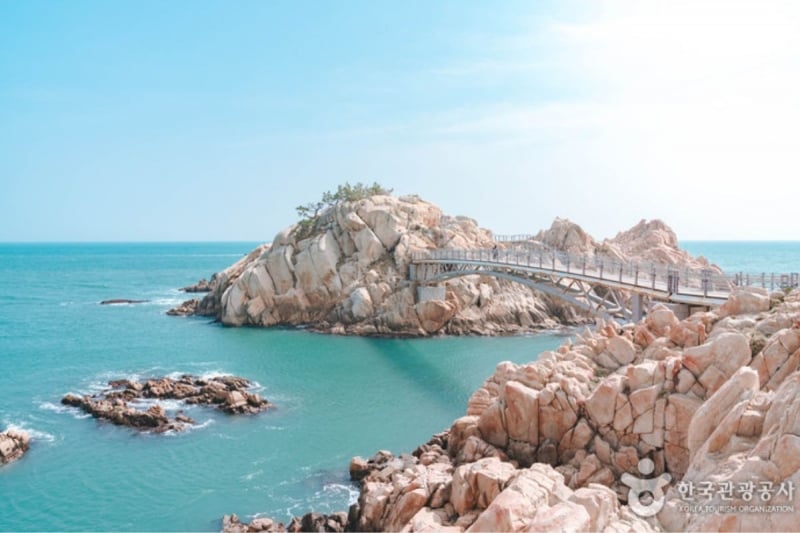
Image Credit: Visit Korea Official Website
Mention Ulsan and you’ll often hear about factories. It’s Korea’s industrial giant, after all. But behind the steel and smoke is a surprisingly scenic city that hugs the sea and hides more than a few unexpected moments of beauty.
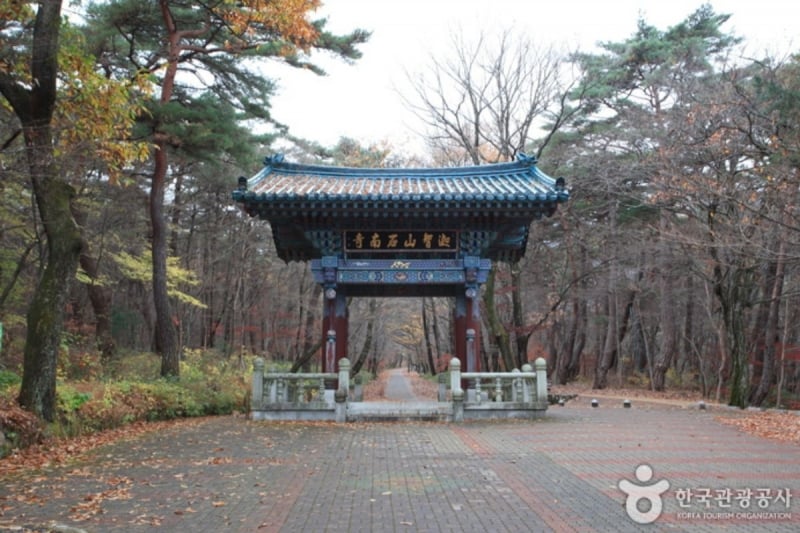
Image Credit: Visit Korea Official Website
Walk the coastal trails of Daewangam Park, where pine forests meet rocky cliffs and a footbridge stretches out to sea. For something more reflective, the Jangsaengpo Whale Museum tells the story of Korea’s whaling past, both painful and poetic. And if you head inland, Seoknamsa Temple offers one of the most peaceful mountain settings in the region, especially when the forest turns golden in autumn.
Also read: How to Travel Around South Korea by Intercity Bus: A First-Timer’s Guide
Final Thoughts
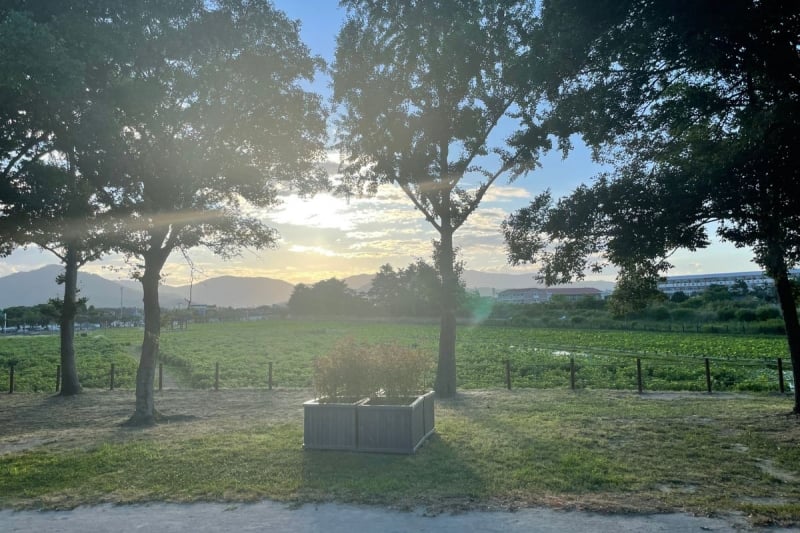
Image Credit: Ng Wan Xin
Not every place announces itself loudly. Some cities unfold slowly, their charm tucked into side streets, temple courtyards, and long walks by the sea. These underrated destinations across Korea may not have the dazzle of Seoul, but they offer something a little different from the bright city lights of Seoul.
So if you’ve already seen the capital or simply want something different, step off the usual path. These places aren’t just worth the detour…they might just be the reason you come back.




